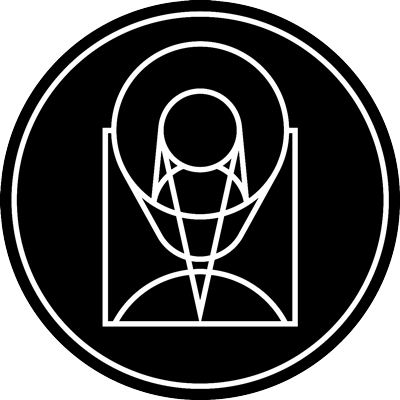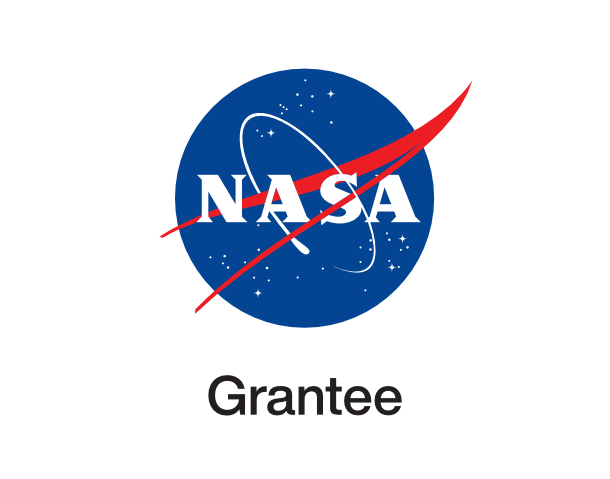Lensed Star Earendel

stsci_2022-03a October 1st, 2021
Credit: NASA, ESA, B. Welch (JHU) and D. Coe (STScI)
The star nicknamed Earendel (indicated with arrow) is positioned along a ripple in spacetime that gives it extreme magnification, allowing it to emerge into view from its host galaxy, which appears as a red smear across the sky. The whole scene is viewed through the distorted lens created by a massive galaxy cluster in the intervening space, which allows the galaxy’s features to be seen, but also warps their appearance—an effect astronomers call gravitational lensing. The red dots on either side of Earendel are one star cluster that is mirrored on either side of the ripple, a result of the gravitational lensing distortion. The entire galaxy, called the Sunrise Arc, appears three times, and knots along its length are more mirrored star clusters. Earendel’s unique position right along the line of most extreme magnification allows it to be detected, even though it is not a cluster.
Provider: Space Telescope Science Institute
Image Source: https://hubblesite.org/contents/news-releases/2022/news-2022-003
Curator: STScI, Baltimore, MD, USA
Image Use Policy: http://hubblesite.org/copyright/

- ID
- 2022-03a
- Subject Category
- D.3 D.6.2.1
- Subject Name
- WHL-J24.3324-8.477, Earendel
- Credits
- NASA, ESA, B. Welch (JHU) and D. Coe (STScI)
- Release Date
- 2021-10-01T00:00:00
- Lightyears
- 12,900,000,000
- Redshift
- 12,900,000,000
- Reference Url
- https://hubblesite.org/contents/news-releases/2022/news-2022-003
- Type
- Observation
- Image Quality
- Good
- Distance Notes
- Distance in Lightyears
- Facility
- Hubble, Hubble, Hubble, Hubble
- Instrument
- ACS/WFC, WFC3/IR, WFC3/IR, WFC3/IR
- Color Assignment
- Blue, Green, Red, Red
- Band
- Optical, Infrared, Infrared, Infrared
- Bandpass
- I, Y, YJ, H
- Central Wavelength
- 814, 105, 110, 160
- Start Time
- Integration Time
- Dataset ID
- Notes
- Coordinate Frame
- ICRS
- Equinox
- 2000.0
- Reference Value
- 24.35465853780, -8.45600656009
- Reference Dimension
- 3816.00, 4757.00
- Reference Pixel
- 1835.84719137836, 2628.49708702774
- Scale
- -0.00000835446, 0.00000835446
- Rotation
- -15.15463151038
- Coordinate System Projection:
- TAN
- Quality
- Full
- FITS Header
- Notes
- World Coordinate System resolved using PinpointWCS 0.9.2 revision 218+ by the Chandra X-ray Center FITS X FITS Y EPO X EPO Y 1305.77 1336.49 1959.14 2517.40 1045.70 1300.80 992.30 2110.18 806.69 1135.67 242.17 1226.13 1493.96 1612.99 2396.58 3777.83 Center Pixel Coordinates: 1908.00 24.35352175470 2378.50 -8.45785818235
- Creator (Curator)
- STScI
- URL
- http://hubblesite.org
- Name
- Space Telescope Science Institute Office of Public Outreach
- outreach@stsci.edu
- Telephone
- 410-338-4444
- Address
- 3700 San Martin Drive
- City
- Baltimore
- State/Province
- MD
- Postal Code
- 21218
- Country
- USA
- Rights
- http://hubblesite.org/copyright/
- Publisher
- STScI
- Publisher ID
- stsci
- Resource ID
- STSCI-H-p2203a-f-3816x4757.tif
- Resource URL
- https://mast.stsci.edu/api/latest/Download/file?uri=mast:OPO/product/STSCI-H-p2203a-f-3816x4757.tif
- Related Resources
- Metadata Date
- 2022-03-15T11:39:45-04:00
- Metadata Version
- 1.2
Detailed color mapping information coming soon...















